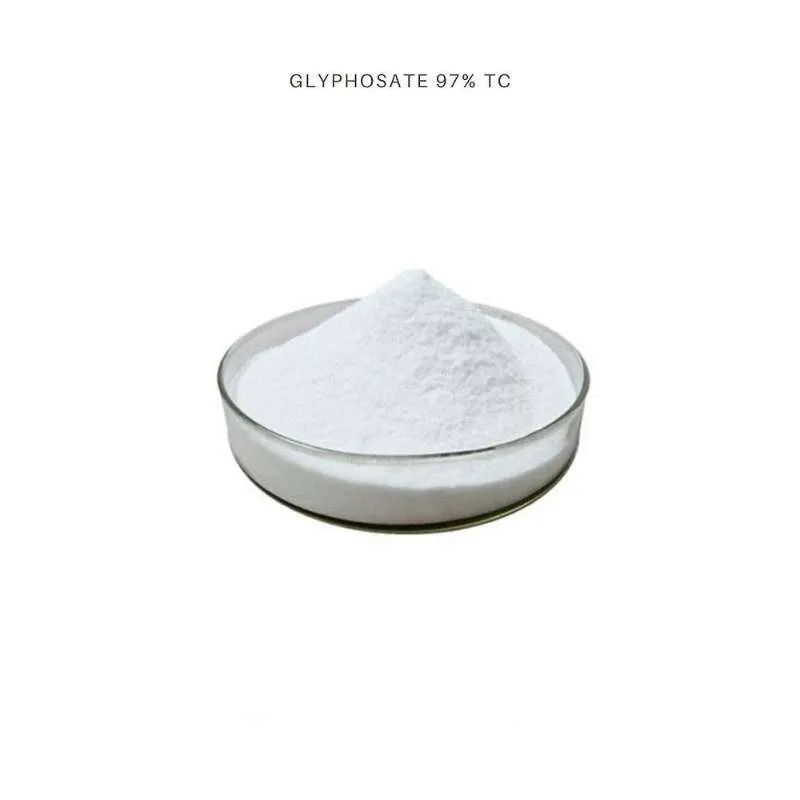


chlorpyrifos use
Chlorpyrifos Use An Overview and Implications
Chlorpyrifos, a widely used organophosphate pesticide, has been a staple in agricultural practices since its introduction in the 1960s. Originally developed as a pesticide for agricultural use, it was later adopted for residential pest control. Its effectiveness against a broad spectrum of pests has made it one of the most popular choices for farmers dealing with crop infestations. However, the use of chlorpyrifos has sparked significant debate due to its potential health risks and environmental implications.
Chlorpyrifos Use An Overview and Implications
Despite its efficacy, the application of chlorpyrifos has raised considerable concerns regarding human health and ecological safety. Research has linked exposure to chlorpyrifos to a variety of adverse health effects, particularly among vulnerable populations like children and farmworkers. Studies have suggested that even low-level exposure can lead to developmental delays, cognitive impairments, and other neurological issues. As a result, regulatory agencies, such as the Environmental Protection Agency (EPA) in the U.S., have faced pressure to reassess the risks associated with chlorpyrifos and to implement stricter usage regulations.
chlorpyrifos use

In 2020, the EPA took a significant step by announcing a ban on chlorpyrifos for agricultural use. This decision was rooted in findings that highlighted the potential dangers posed to public health and the environment. The ban aimed to eliminate the risks associated with the pesticide and to encourage the adoption of safer pest management practices. However, the decision was met with mixed reactions. While many environmental and public health advocates hailed the ban as a necessary victory for safety, some farmers expressed concerns about the loss of an effective pest control tool, fearing it would lead to increased crop losses and economic hardship.
The transition away from chlorpyrifos has prompted the agricultural sector to explore alternative pest management strategies. Integrated Pest Management (IPM) approaches, which combine biological, cultural, and mechanical practices with chemical solutions, have gained traction. Additionally, organic pesticides and biopesticides that pose lower risks to human health and the environment are becoming more popular as growers seek sustainable options.
The ongoing discourse around chlorpyrifos underscores a broader conversation about pesticide use and regulation. Farmers face the challenge of balancing effective pest control with the need to ensure environmental health and safety. Public awareness and demand for transparency regarding pesticide use are on the rise, prompting many agricultural producers to adopt more sustainable practices.
In conclusion, the use of chlorpyrifos has significant implications for agricultural practices and public health. While it has been a key component in pest management for decades, growing concerns about its safety have driven regulatory changes and a shift towards more sustainable agricultural techniques. As the farming community navigates this transition, continued research and innovation will be essential in developing effective and safer alternatives to chemical pesticides. The goal remains clear to protect both crops and people while ensuring the sustainability of agricultural practices for future generations.
-
Uncover the Benefits of Sodium ChlorateNewsJun.24,2025
-
Sodium for Sale: Your Essential ResourceNewsJun.24,2025
-
Raw Materials in Chemical IndustryNewsJun.24,2025
-
Potassium Hydroxide: Versatile Solutions for Your NeedsNewsJun.24,2025
-
Organic Pesticides and Chemical Raw Materials: Building a Sustainable FutureNewsJun.24,2025
-
Discover Premium Chlorine Tablets TodayNewsJun.24,2025
-
Zinc for Sale: Your Essential ResourceNewsJun.04,2025


















